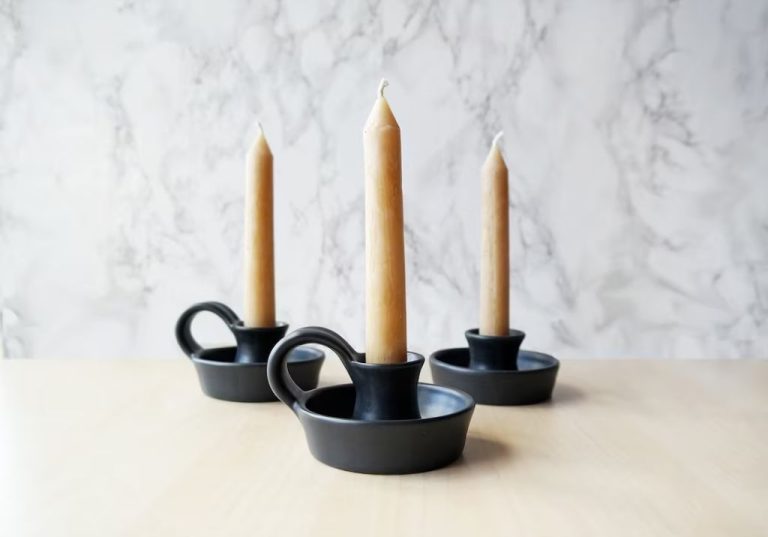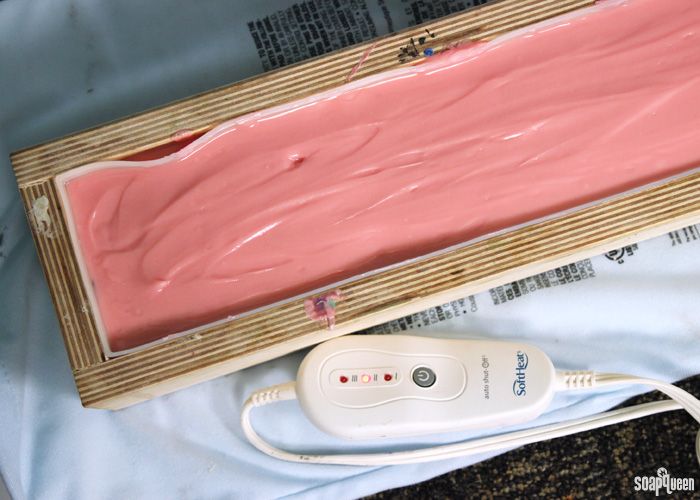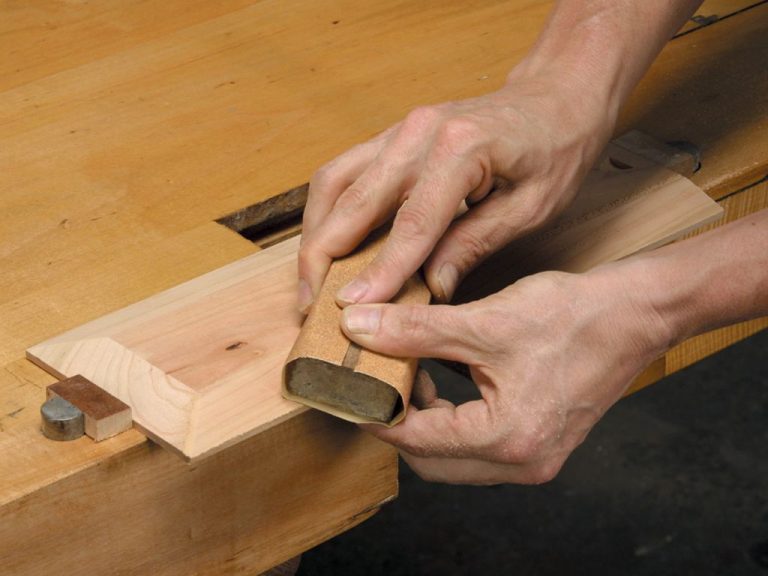What Scent Is Best To Sell A House?
Introduce the Concept of Using Scent for Home Staging
Using scent is an impactful yet often overlooked aspect of preparing a home for sale. Certain smells have the power to spark emotional responses and memories in people. The sense of smell is deeply connected to the limbic system in the brain which controls emotion and memory.
Pleasant scents can help make a positive first impression on potential buyers and help them imagine a home as their own. Common scents used when staging homes to sell include fresh baked goods like cookies or bread, coffee, vanilla, cinnamon, citrus fruits, clean linens, and light floral or herb scents. Using the right scents when showing a home can make the environment more inviting and memorable.
Scent branding is a strategy used by realtors and stagers to influence the buyer’s mood and perception of a home. Linking pleasing scents to the home can create positive emotions that make a lasting impact.
Most Appealing Home Scents
There are a few scent options that are tried-and-true when it comes to appealing to potential home buyers. These include:
Lavender – The soothing floral scent of lavender evokes a sense of calm and relaxation. When people walk into a home that smells lightly of lavender, it puts them at ease and makes them feel peaceful.
Vanilla – Vanilla is a universally loved scent that smells warm, sweet, and welcoming. The comforting fragrance reminds people of fresh-baked treats and evokes nostalgia. Vanilla makes a home seem friendly and lived-in.
Fresh linen – The crisp, clean scent of fresh linen sheets is universally appealing. It instantly makes a home seem clean and tidy. Fresh linen also gives off an airy, open feeling that potential buyers find very inviting.
Coffee – The rich aroma of freshly brewed coffee is energizing yet cozy. Coffee scent can help appeal to buyers first thing in the morning and make the home feel full of life and activity.
Baked goods – There’s nothing more welcoming than the mouthwatering aroma of freshly baked cookies, cakes, or bread. Scents like vanilla, cinnamon, and chocolate make a home smell warm, inviting, and lived-in.
Tips for Using Scents
When using scents to help sell your home, it’s important to use them strategically for maximum impact. Here are some tips on effectively using scents while staging your home:
- Scented candles, reed diffusers, and essential oils are easy and attractive options for home scents. Place them in main living areas like the living room, kitchen, and dining room as well as the entryway, where first impressions begin.
- Avoid scents that are too strong or overwhelming. A light, pleasant fragrance will appeal to more buyers.
- Consider matching scents to the style of your home. For traditional spaces, go for familiar homey scents like vanilla, apple pie, fresh linen. In modern homes, citrus and light floral work well.
- Before using any scents in your staging, test them yourself first to make sure you like them. Scout out the scent’s throw and longevity.
Scents to Avoid
When selecting a scent for home staging, it’s important to avoid anything too polarizing or overwhelming. Heavy floral scents like rose or gardenia can be perceived as ‘old ladyish’ while musky, earthy tones may come across as masculine or dirty. Food scents like vanilla, apple pie or coffee can be appetizing at first but grow cloying over time. Controversial scents like cannabis or tobacco should also be avoided, as they may turn off potential buyers.
The goal is to select a clean, fresh scent that appeals to the widest range of buyers. Scents that are overly feminine, masculine, food-focused or controversial run the risk of being unappealing or even offensive to some visitors. A light citrus, ocean breeze, or cotton/linen scent is widely inoffensive and can allow the home’s best features to shine through.
By avoiding scents that might be perceived as stuffy, dated, or inappropriate, home stagers can maximize the number of potential buyers who will react positively. The scent should fade into the background rather than take center stage in a home showing.
Case Studies
There are a number of anecdotal examples where using scents helped sell homes faster and for more money. Real estate agents have shared stories of diffusing lemon or baking scents like cookies or bread before an open house resulting in more offers and higher sale prices.
One study by Real Estate Staging Association International found that 78% of realtors believe staging a home with pleasant scents helps it sell faster. Additionally, homes staged with scent sold on average 35 days faster compared to homes without added fragrance.
Realtor Jane Doe recommends using vanilla or apple pie scents in the kitchen, floral scents in the bedrooms, and clean cotton or linen scents in bathrooms and living spaces. Over her 15 years in real estate, Doe has tracked hundreds of her listings and determined homes with complementary scents added sold for 3-5% more on average.
While concrete statistics are limited, the anecdotal evidence strongly suggests scent staging can improve time on market and sale price for homes. Scent appeals to buyers’ emotions and memories, leaving a positive impression that converts to more offers.
DIY vs Professional
When it comes to using scent to stage your home, you have the option of doing it yourself or hiring a professional home stager. Here are some of the pros and cons of each approach:
DIY Home Scenting
Pros:
- More affordable – buying scents and diffusing them yourself costs less than hiring a professional.
- Total control – you can choose exact scents and strengths that appeal to your own nose.
- Fun – experimenting with different scent combinations can be an enjoyable DIY project.
Cons:
- Trial and error – it may take testing multiple scents to find the right ones.
- Knowledge required – you need to educate yourself on how to properly diffuse scents.
- Time commitment – the process of selecting, purchasing, diffusing takes effort.
Professional Home Staging
Pros:
- Expertise – they have experience determining the most universally appealing scents.
- Full sensory staging – they can coordinate scent with lighting, music, etc.
- Save effort – they handle the entire process of diffusing the scents.
Cons:
- More expensive – hiring a professional stager costs more upfront.
- Less customization – you get less say in the exact scents used.
Consider hiring a professional stager if you want expert advice on universally appealing scents, don’t have time to experiment on your own, or want scent coordinated with a full sensory staging experience. However, DIY can be a more affordable option if you want total control over the scents or enjoy experimenting on your own.
Avoiding Allergies/Sensitivities
When using scents to help sell a home, it’s important to be mindful of avoiding triggering any allergies or sensitivities the occupants may have. According to the American Academy of Allergy Asthma & Immunology, common scented products that can provoke allergy and asthma symptoms include air fresheners, scented candles, cleaning products, laundry detergents, essential oils, and personal care products.
Before introducing any new scents into a home you are staging, check with the home sellers to see if they or anyone in their household has any known scent allergies or sensitivities. Common culprits include fragrances, essential oils, and botanical ingredients. If any sensitivities are identified, avoid using scented products or use fragrance-free and hypoallergenic options instead.
It’s also wise to use unscented cleaning and laundry products as a baseline even if no known allergies are reported, and layer additional scents lightly. Test any scents in a small area first and discontinue use if any negative reactions occur. With some care taken to accommodate scent sensitivities, you can create an inviting aroma that appeals to most noses without provoking an allergic response.
Cost Considerations
When it comes to adding scent to your home staging, there are budget-friendly options as well as more expensive professional services to consider. Here are some tips on costs:
For the DIY route, aromatherapy candles are an affordable option starting around $5-10 at many retail stores. You can strategically place candles around the home in main living areas. Just be sure to blow them out when leaving the home and never leave burning candles unattended.
Another budget option is to fill small glass jars or bowls with cotton balls soaked in essential oils. Add a few drops of preferred essential oils like lavender or eucalyptus to cotton balls and display around the home. The scented cotton balls can last for several weeks.
While candles and essential oils are cheap, the scents are not consistent and diffusion may be limited. Investing in an electric diffuser provides steady fragrance diffusion for a larger space. Quality diffusers start around $30-50 on average.
For whole home coverage and professional results, consider hiring a scent branding company to develop a custom fragrance. Professional scenting services typically start around $400-500 for the initial custom scent development and scenting process. Ongoing fragrance refills and maintenance average $200-300 per month.
The investment in professional scenting pays off in boosted perceived value and reactions from potential home buyers. But candles or essential oils can be a frugal way to experiment with signature scents on a budget.
Pairing Scents with Staging
When using scents for home staging, it’s important to match the aroma to the style and overall feel of the home’s decor. The goal is to enhance the staging by creating a cohesive sensory experience. For example, light and fresh scents like lemon, lavender, or green tea pair well with minimalist, modern decor. Meanwhile, homes styled with traditional furnishings can benefit from warming scents like vanilla, cinnamon, or baked goods. Nature-inspired decors may call for earthy aromas like pine or jasmine.
Look at the colors, textures, and accents used in the home’s decor and consider scent profiles that complement them. Floral scents enhance feminine-styled spaces while spices work for rustic designs. Citrus and herbs suit clean-lined, bright interiors. Ultimately, the aroma should aid in emphasizing the decorating style. Test scents in small amounts first to ensure they blend well with the home’s current fragrances from paint, wood finishings, etc. When staged and scented appropriately, homes feel not only beautifully designed but also inviting on a sensory level.
Summary
To recap, using scent strategically can have a big impact when selling your home. The most universally appealing scents tend to be light and fresh, like citrus, vanilla, apple pie, fresh linen, or clean cotton. Avoid heavy scents like musk or pine, which some may find overwhelming. Work with a professional stager or use essential oils to scent rooms subtly. Target entryways, living spaces, kitchens and bathrooms, but avoid bedrooms. Pass on scented candles, instead opting for plug-in diffusers, potpourri or reed diffusers. Consider scent pairings that complement your decor. Lastly, be mindful of scent allergies and sensitivities.
The key takeaway is that a light, fresh scent can make your home more welcoming and attractive to potential buyers. But you have to be strategic and subtle. Overpowering scents can backfire. To get the best results, invest in scent design from an experienced home stager.
As a parting note, don’t forget that visual staging optimizes a home’s appeal. Scent is just one component. Focus first on decluttering, deep cleaning and decorative touches before layering on light, universally enjoyed fragrances. With some planning, you can craft a home scent that delights buyers and brings top dollar.




